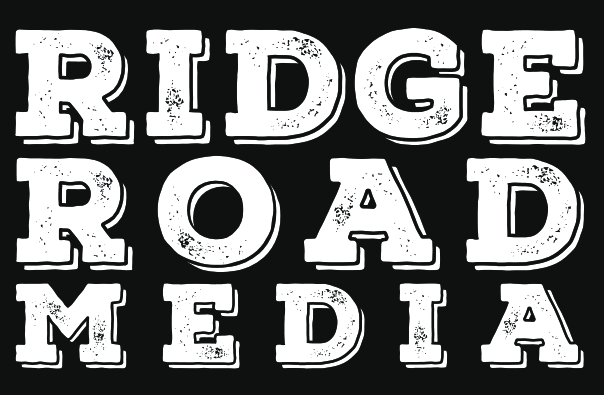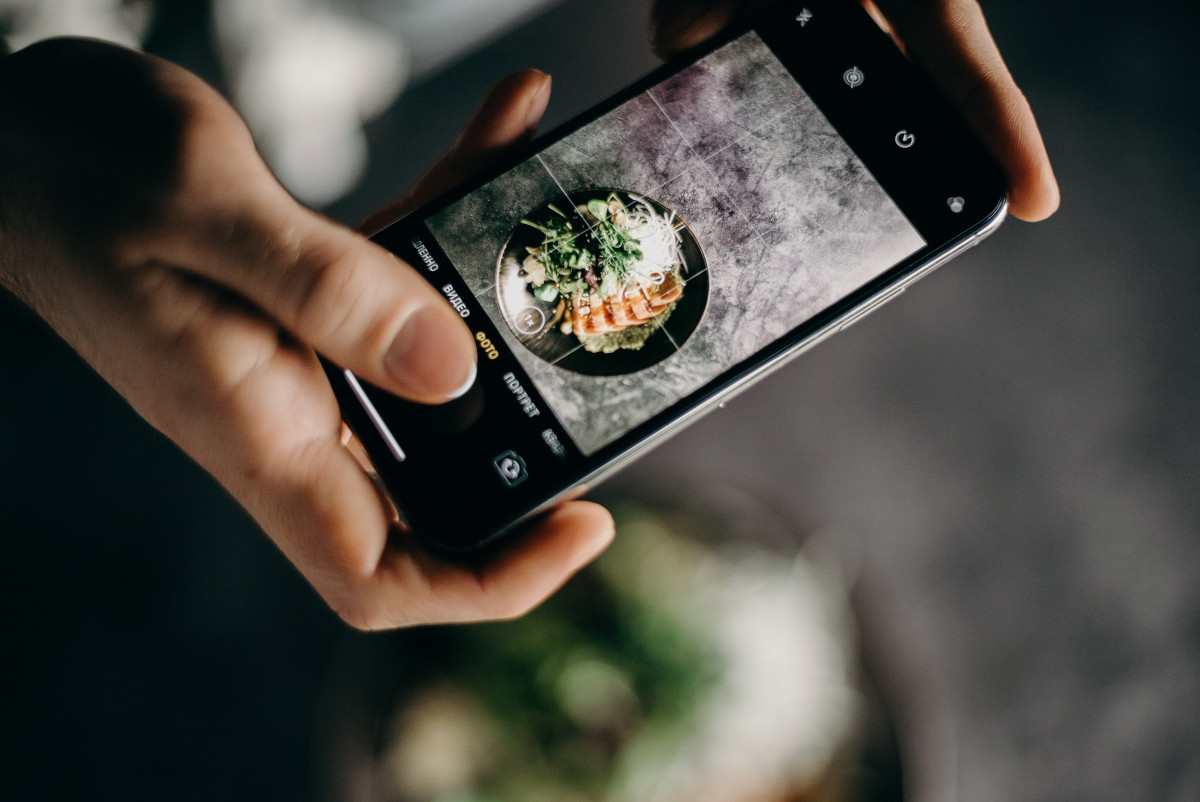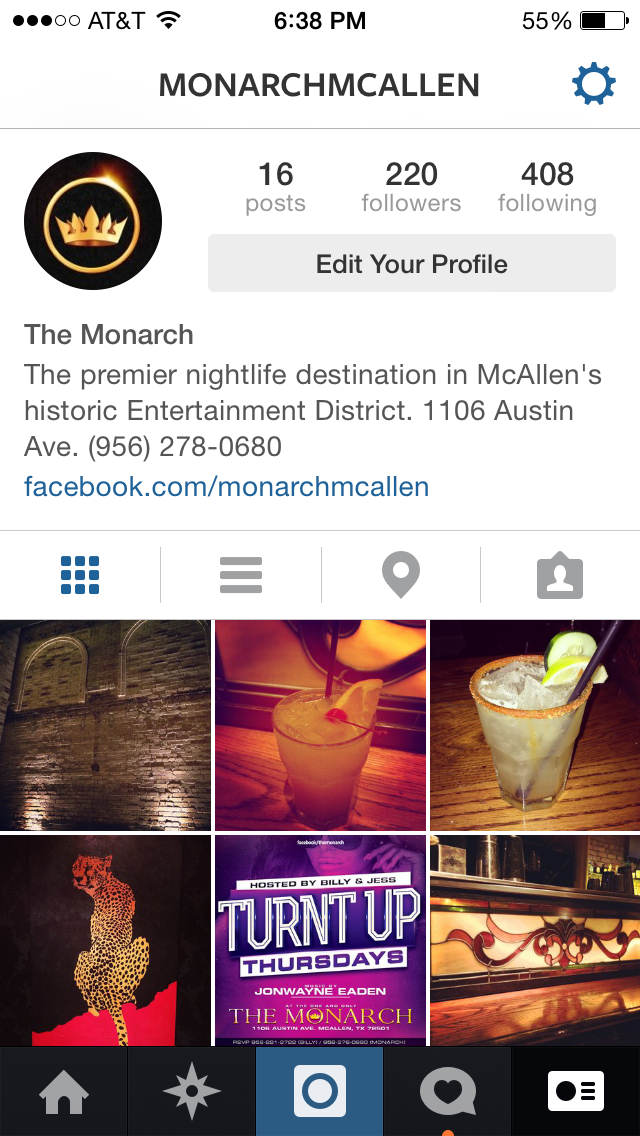You always want to show the best side of your business on social media, but the expectations you create must line up with reality.
Let’s say you wanted to catch a football game at a sports bar because your team’s game isn’t being broadcast locally. You look up places on social media, and you see a well-reviewed, popular spot has posted a photo of their wall-to-wall HDTVs and an inviting plate of food and drinks with the caption: “Come watch your favorite team with us today and every Sunday!”
You show up a few minutes before kickoff to get a good seat. When you walk in, not one TV is tuned to a game—even the locally broadcast ones. Some of the TVs aren’t even turned on. No other customers are there.
What would you do? I would likely turn around and walk right back out, Abe Simpson style. A friendly and attentive host or server might convince me to give the place a chance, but more than likely, I would be rushing someplace else to ensure I could catch my team’s game.
This scenario actually happened. We were managing social media for a sports bar and restaurant that wanted us to promote football and their NFL Sunday Ticket package. We did our part on social media to get the word out the first weekend, then headed to the bar to take photos and video to use for subsequent Sunday posts.
When we arrived just before the early game kickoff, we found TVs and projectors off and some tuned to random networks. Since we had a good relationship with the managers and staff, they allowed us to help tune all the TVs in to different games so patrons would get the right atmosphere when they walked in. We ended up doing this for a couple of weeks to ensure customers who came in based on our posts would get what was promised.
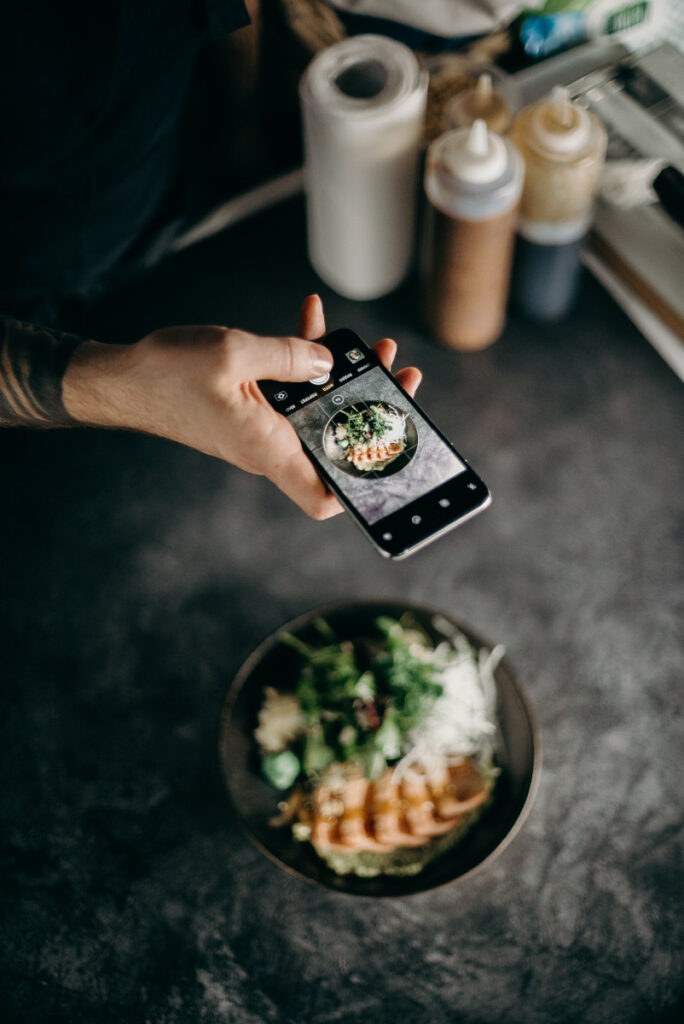
Social Media Is Most Effective When Expectation and Reality Meet
This might seem outside the scope of a what a social media marketing agency can and should manage, but social media is not as effective in a vacuum and we are focused on maximizing our impact. In other words, if the content we share and the customer service we provide on social media doesn’t reflect the reality of that business, the business isn’t going to benefit from our efforts.
In this case, we had a strong working relationship with our clients that went beyond social media and encompassed their overall marketing strategy, traditional PR, print marketing, and event planning.
Similar scenarios played out with other restaurants when we first started working with them—we promoted an event for weeks on social media and when we showed up at the allotted time to take photos and video, there was no indication that there was anything of note happening. You can imagine the kinds of problems this might cause for both the restaurant’s staff and on our side.
After these learning experiences, we worked even more closely with our clients to confirm details of each event and promotion, including who was responsible for what and getting more involved with what was happening on the ground. We strive to make sure the expectations we create match reality not just for those who come in based on our campaigns, but also for those who attend and follow on social media afterward. We want everyone to have a good time and have a reason to share positive reviews and user-generated content that can then take advantage of.

Best Practices For Meeting Expectations For Events Promoted on Social Media
Here are some best practices to follow when planning one-off events, daily/weekly specials, weekly events (i.e. karaoke night or weekly live music) and other similar promotions:
- Make sure all of the stakeholders and responsible parties communicate clearly on the who, what, when, where and why of each event as well as who is responsible for tasks before, during and after the event.
- Create a strong plan to promote the event on social media.
- Create a plan to promote the event in the venue itself:
- Create posters or banners with event details that can be displayed prominently.
- Create flyers that can be left on tables and bar tops or handed out with checks.
- If working with liquor reps (for bars and restaurants) or other outside organizers, take advantage of whatever promotional props, giveaways or other materials they can provide you to display prominently leading up to the event.
- Utilize chalkboards, whiteboards, digital signage, marquees, and whatever else is available to you to share the key details of the event before it happens and to direct guests when they arrive for it.
- Most importantly, don’t promise anything you can’t deliver, especially if it involves a discount, giveaway or prize. You can be vague in your social media posts about what guests might or might not get by concentrating on what you can guarantee and a genuine sense of excitement about a given event. We often find ourselves listing two or three deliverable promises followed by “and more!”
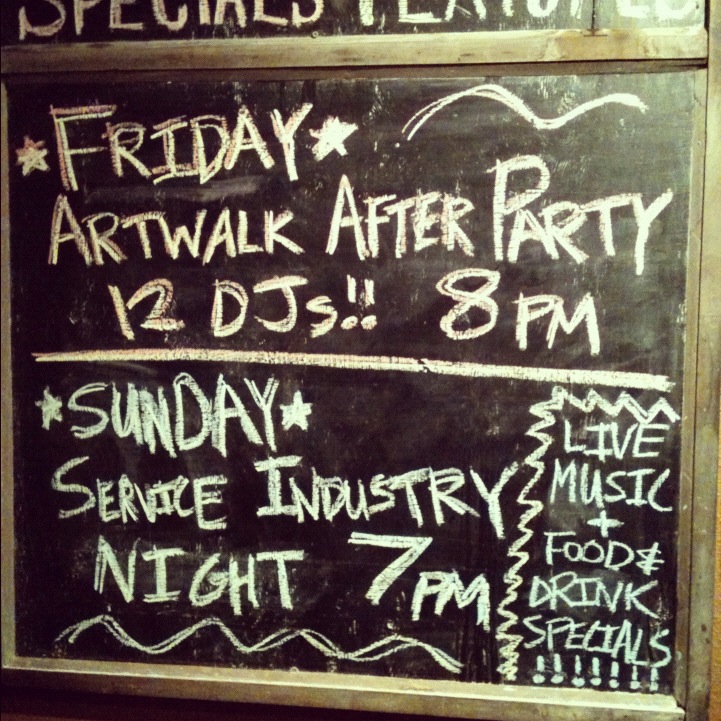
Expectation and Reality Must Meet For Everything You Share on Social Media
The reason user-generated content (UGC) is so popular (and thus valuable) on social media is because it’s real. These are not professional photos and videos shot and edited to look perfect. So the idea that the expectations you create through social media must strive to match reality extends to every piece of content you share.
Hotels are notorious for flaunting this. They aren’t going to show a room with stained carpets, worn furniture and view of the alley. That’s why you have to check the reviews to get a true picture (pun intended) of what it’s like to stay there. When expectation and reality couldn’t be farther apart, bad reviews and negative comments and messages flood in for the social media team to deal with.
The first generation of influencers ignored this idea as well, which is why they’re being replaced by a less polished, more authentic, more niche focused class of influencers now.
But you don’t need an influencer to share real photos, videos and experiences. This is not to say that you can’t edit your content, use filters or otherwise put your best foot forward. Highlight, spotlight, but don’t create expectations you can’t meet.
Ridge Road Media operates squarely in the area between expectation and reality through social media. If your business needs help promoting your events, products, and services, contact us today.
